Home Dental Care Carrollton
Good Dental Hygiene Is Crucial to a Healthy Smile

Having a healthy and beautiful smile depends a lot on what you do AFTER you leave our Carrollton dental office and your home dental care routine. To keep your teeth and gums clean and to avoid problems such as bad breath and tooth decay, it’s important that you spend a few minutes each day brushing and flossing properly. Plus, your choices of what and when we eat and drink can affect your oral health.
Diet: Personal home care starts with eating balanced meals and limiting the number of snacks and sweets, carbonated beverages you consume.
Brushing: To clean and protect your smile, you should brush at least twice every day, especially first thing in the morning and before bedtime. How long matters too. Most people don’t realize that it takes at least two full minutes to effectively clean your teeth.
Choosing a Toothbrush
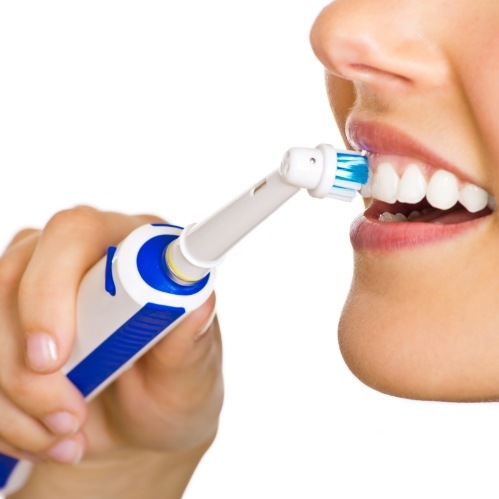
Choose a toothbrush that is comfortable and that can easily clean your back teeth and other hard-to-reach areas of your mouth. The American Dental Association says that both manual and powered brushes are equally effective for regular cleanings. However, patients with periodontal disease may benefit from the extra pulsing of a powered brush. **We recommend the Sonicare Flexcare Platinum and provide these for purchase at our office. They are easy to use and can remove bacterial plaque efficiently.
How to Brush Your Teeth:
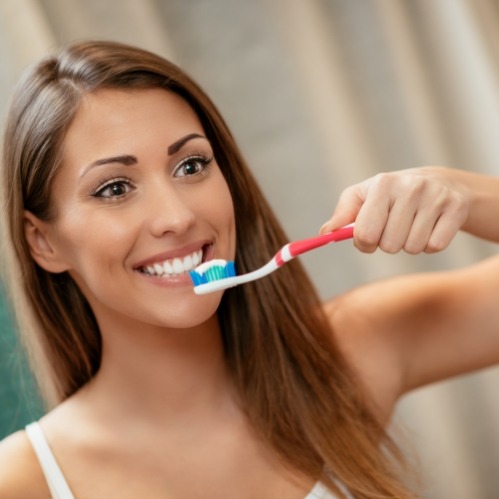
1) Hold the brush at a 45 degree angle so that it can reach the area between the tooth and the gums. Use a small amount of toothpaste. Move the toothbrush in a back and forth motion and repeat for each tooth.
2) Brush the inside surface of each tooth, using the same back and forth technique.
3) Brush the chewing surface (top) of each tooth.
4) Be sure to brush your tongue to remove odor-causing bacteria. Brushing your tongue is important for routine bad breath prevention.
5) Powered toothbrushes: You still hold the brush at a 45 degree angle, but you should move it around a little differently. Place the bristles of the electric brush on your gums and teeth and allow the brush to do its job, one tooth at a time. By doing so you will overlap the previous tooth.
How to Floss:
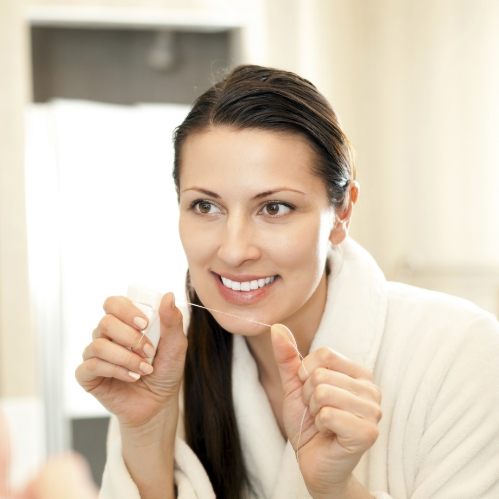
1) Pull 18 to 24 inches of dental floss from the floss dispenser.
2) Wrap the ends of the floss around your index and middle fingers.
3) Gently insert the floss between the teeth. Do not snap it in between your teeth to avoid traumatizing the gums.
4) Wrap the floss into a “C” shape around each tooth and under the gumline. Gently move the floss up and down, cleaning the side of each tooth. Apply pressure to the floss only as it moves toward the chewing surface. Try to get it squeaky clean on both teeth.
5) Use a floss holder if you have difficulty using conventional floss.
Rinsing Your Mouth
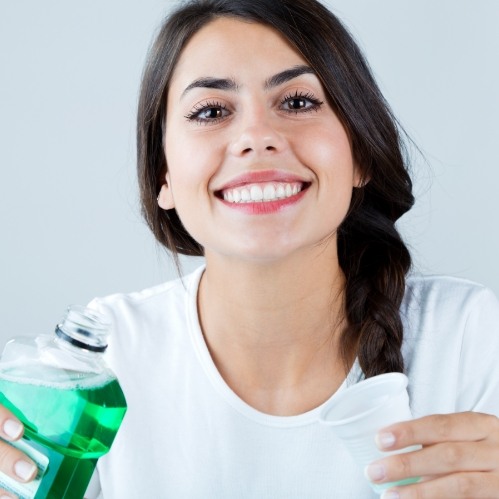
It is important to rinse your mouth with water after brushing and also after meals if you are unable to brush. If you use an over-the-counter product for rinsing, it’s a good idea to consult with Dr. Jordan or our dental hygienist to confirm that it is appropriate for you. We recommend and sell Oxyfresh products.
Irrigation devices: Dr. Jordan can let you know if you may need a Waterpik to provide additional assistance flossing thoroughly.
Prescription Oral Hygiene Products
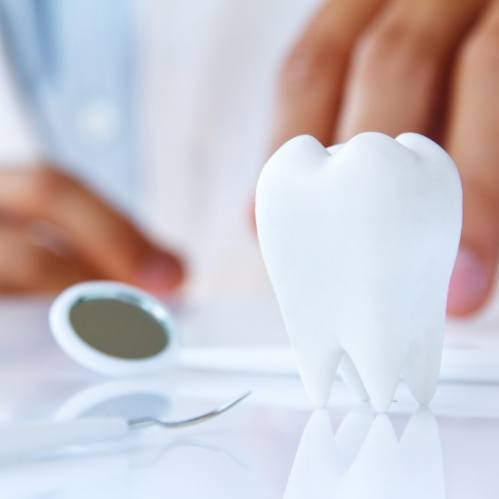
Patients who are identified as high-risk for dental problems may benefit from using products to transform the environment of their mouths and dramatically reduce disease activity. For example, some patients have reduced levels of saliva which can contribute to decay. Dr. Jordan may recommend a prescription toothpaste or other product to help prevent cavities.
Other dental aids: Depending on your specific condition, Dr. Jordan or our hygienist may recommend a tongue cleaner, interdental brush, rubber tip stimulator or other dental aid.
